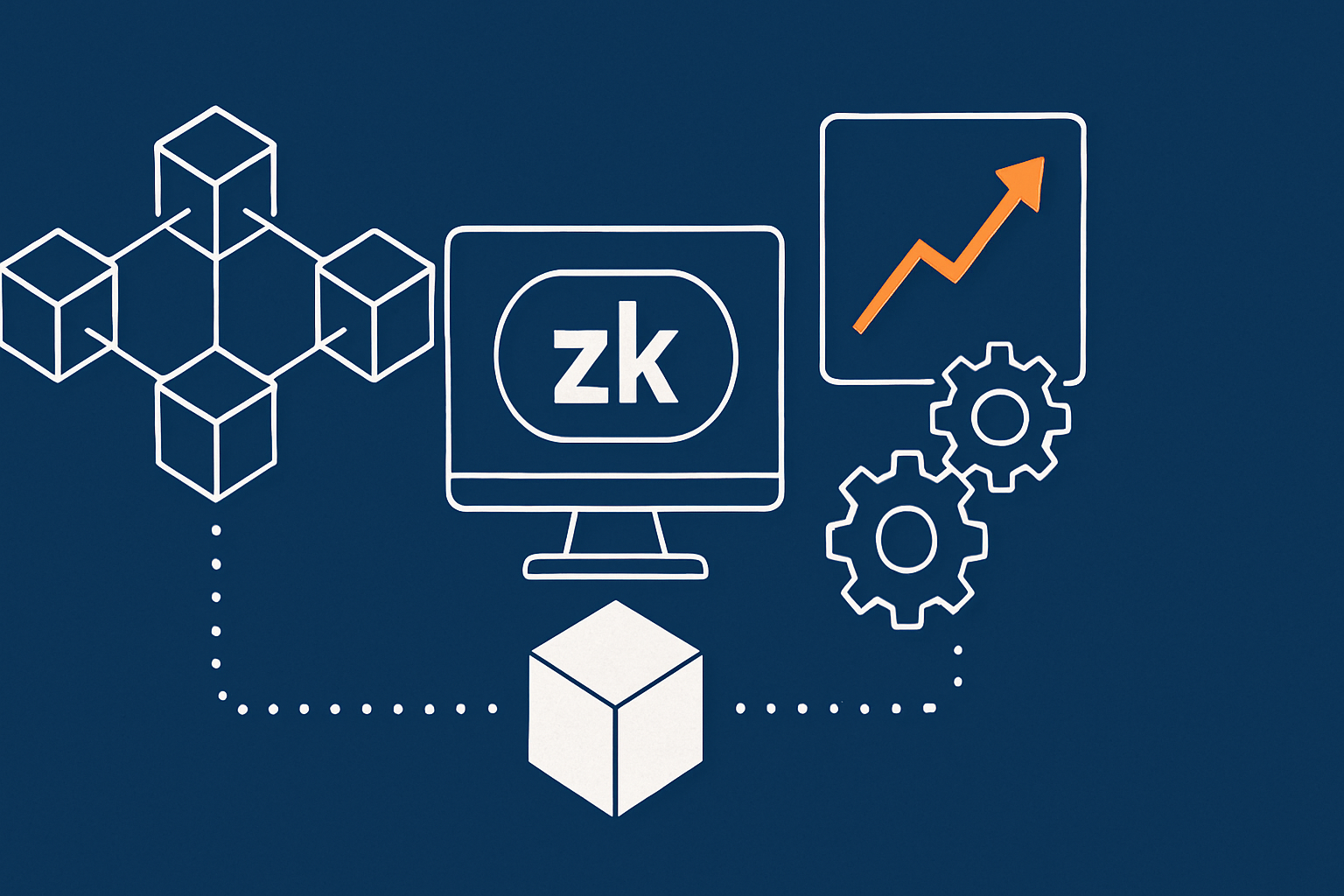
In the rapidly evolving world of decentralized finance (DeFi), user trust is not just important—it’s everything. Projects built on blockchain technology operate in a trustless environment where users rely on code, not institutions. But for that reliance to grow into long-term loyalty, especially in the era of frequent exploits and scams, transparency in smart contract security becomes a crucial pillar. This blog explores how developers and blockchain companies can proactively build user trust by embedding security transparency into the core of their smart contract development and auditing processes.
Understanding the Trust Gap in DeFi
Trust has always been a cornerstone of financial systems. Traditional finance relied on institutions, regulations, and physical guarantees. In contrast, blockchain replaces institutional trust with mathematical logic and open-source code. While this shift democratizes access and reduces the need for intermediaries, it also creates a new type of risk: code-based vulnerabilities. Users are expected to trust code they often don’t understand. Without transparency, this creates a trust gap.
This trust gap has been exacerbated by high-profile incidents—rug pulls, reentrancy attacks, and flash loan exploits—that have resulted in billions of dollars in losses. Even legitimate projects find themselves under constant scrutiny. To overcome this, transparency in smart contract security must not be a checkbox at launch—it must be a continuous, visible commitment to safety.
The Role of Smart Contracts in Building or Breaking Trust
Smart contracts automate value transfer, governance, lending, and more. They are autonomous, immutable once deployed, and enforce logic without external control. But immutability is a double-edged sword. If a contract has vulnerabilities, they become permanent unless mitigated by proxy upgrades or emergency pause functions—both of which require transparency.
Smart contracts are the foundation of user interaction in most DeFi applications. If users lose faith in their security, they won’t deposit funds, vote in governance, or engage in staking. Transparent smart contract security, therefore, becomes a trust multiplier. Users need to see how security is handled, not just be told it exists.
Open-Sourcing Your Smart Contracts
The first step toward transparent smart contract security is open-sourcing your code. By making your contracts publicly available, you invite scrutiny from the developer and whitehat communities. This encourages peer review and crowd-sourced bug detection. Open-source code acts as a public record of your intentions. It signals you have nothing to hide and welcome accountability.
While some projects fear that exposing code increases the risk of exploits, the opposite is true in most cases. Vulnerabilities are more likely to be caught before malicious actors exploit them. Additionally, open-sourcing builds credibility with users who value decentralization and transparency, particularly in Web3 ecosystems.
Conducting Independent Third-Party Audits
Audits are a vital part of smart contract development, but their value is only fully realized when conducted by reputable third-party security firms. Audits should not be internal exercises, nor should they be one-time events. Engaging well-known auditors like Trail of Bits, CertiK, OpenZeppelin, or ConsenSys Diligence gives users confidence that the code has been vetted professionally.
But merely conducting audits is not enough. Publishing the full audit reports—including vulnerabilities found, mitigation steps, and final assessments—shows users that you are transparent about your development process. Many users actively look for audit reports before investing or interacting with a dApp. Making these documents easily accessible on your website or GitHub creates a strong foundation of trust.
Embracing Real-Time Security Monitoring and Bug Bounty Programs
Security doesn’t end with deployment. Smart contracts are live code managing real funds. Continuous monitoring tools such as Forta, Chainalysis, and Halborn’s Watchtower can identify suspicious activity in real time, alerting developers before an issue becomes a crisis. Integrating such tools and sharing your monitoring strategies publicly helps demonstrate that you take post-deployment risk seriously.
Bug bounty programs are another vital trust-building measure. Platforms like Immunefi or HackenProof allow you to crowdsource security efforts by incentivizing ethical hackers to find flaws. When users see that you are willing to pay to uncover vulnerabilities before bad actors can exploit them, it reassures them that you prioritize user safety over optics.
Publicly listing your bug bounty programs and disclosing resolved issues—along with timestamps and payouts—adds an extra layer of accountability. Transparency in how you handle bugs, even small ones, is often more valuable than pretending your code is flawless.
Implementing Transparent Governance and Upgrade Mechanisms
Many DeFi protocols are built with governance mechanisms that allow stakeholders to vote on upgrades. If your smart contracts include upgradeable proxies or admin functions, being transparent about who controls those features is crucial. Users need to know whether upgrades require multisig approval, community votes, or centralized decisions.
Disclosing your governance model and upgrade procedures helps set user expectations. If you operate with a multisig wallet, disclose its structure and participants. If you use timelocks or emergency pause functions, explain under what conditions they’ll be used. Publish transaction hashes and governance votes for all contract changes.
This level of transparency creates a traceable history of decision-making and builds user confidence. Without it, even well-intentioned upgrades can be perceived as backdoors, leading to fear and uncertainty.
Writing Human-Readable Documentation for Non-Technical Users
One of the biggest hurdles to user trust in smart contracts is the technical nature of code. Most users can’t read Solidity or understand low-level Ethereum virtual machine logic. Relying only on GitHub repositories alienates a large segment of your audience.
To bridge this gap, write detailed, human-readable documentation that explains your smart contract functions, security model, and risks. Use plain language to describe how the system works, what assumptions it makes, and how users are protected. Include architecture diagrams, flowcharts, and FAQs.
This documentation should live alongside your code and audit reports and be updated as the protocol evolves. By lowering the barrier to understanding, you make users feel empowered rather than confused. And informed users are loyal users.
Communicating Security Milestones and Incident Response Plans
Transparency is also about communication. Regularly publishing updates on security milestones—such as completion of new audits, bug bounty results, or contract upgrades—keeps your community engaged and informed. Use blog posts, Twitter threads, Discord announcements, or newsletters to broadcast security progress.
Equally important is having a public incident response plan. If something goes wrong, users should know how you plan to respond. Will funds be frozen? Will insurance or reimbursement funds be activated? Will a post-mortem be shared?
Having a clear, publicly stated policy—even before an incident occurs—demonstrates that you're prepared and responsible. It also helps prevent panic, which can spiral into distrust and abandonment of the project.
Creating a Culture of Security Openness Within the Team
Trust-building starts within your team. Developers, product managers, and community leads should all be aligned on the importance of security transparency. Regular internal security reviews, blameless post-mortems, and open discussions about risk build a team culture that values long-term trust over short-term hype.
Hire developers who understand secure coding practices and work with partners who have a reputation for integrity. Avoid closed-door decisions or rushed launches that bypass critical security steps. The internal habits of your team will eventually reflect in your public image.
When teams operate with security as a shared value—not just a feature—you lay the groundwork for organic, lasting user trust.
The Compounding Effect of Transparent Security
Trust is cumulative. Each action you take to improve transparency in smart contract security adds to a growing reservoir of user confidence. Open-source code, verified audits, clear governance, proactive bug bounties, real-time monitoring, and candid communication all reinforce each other.
Over time, this compounding effect separates successful projects from those that fizzle out. In an ecosystem where reputation is everything and user funds are at stake, transparency becomes a competitive advantage. Projects that embed trust into their security practices gain not just users—but advocates.
This isn’t just theoretical. Many of the most respected DeFi protocols—like Aave, Compound, Uniswap, and MakerDAO—have built their reputations on public audits, open governance, community transparency, and constant communication. Smaller projects that mimic this playbook often see more sustainable growth and user retention than those that rely on hype and obfuscation.
Conclusion: Security Transparency Is the Foundation of Web3 Trust
In the trustless architecture of blockchain, smart contracts are the linchpins of credibility. But users aren’t “trustless”—they’re human. They need assurance. They need visibility. And they need confidence that the systems they interact with are safe, accountable, and constantly evolving to meet new threats.
Transparent smart contract security is how you offer that assurance. It’s how you show—not just say—that your project respects the user’s trust. From open-source code to proactive communication, from audits to real-time monitoring, your approach to security should be as decentralized and user-centric as your technology.




















Write a comment ...